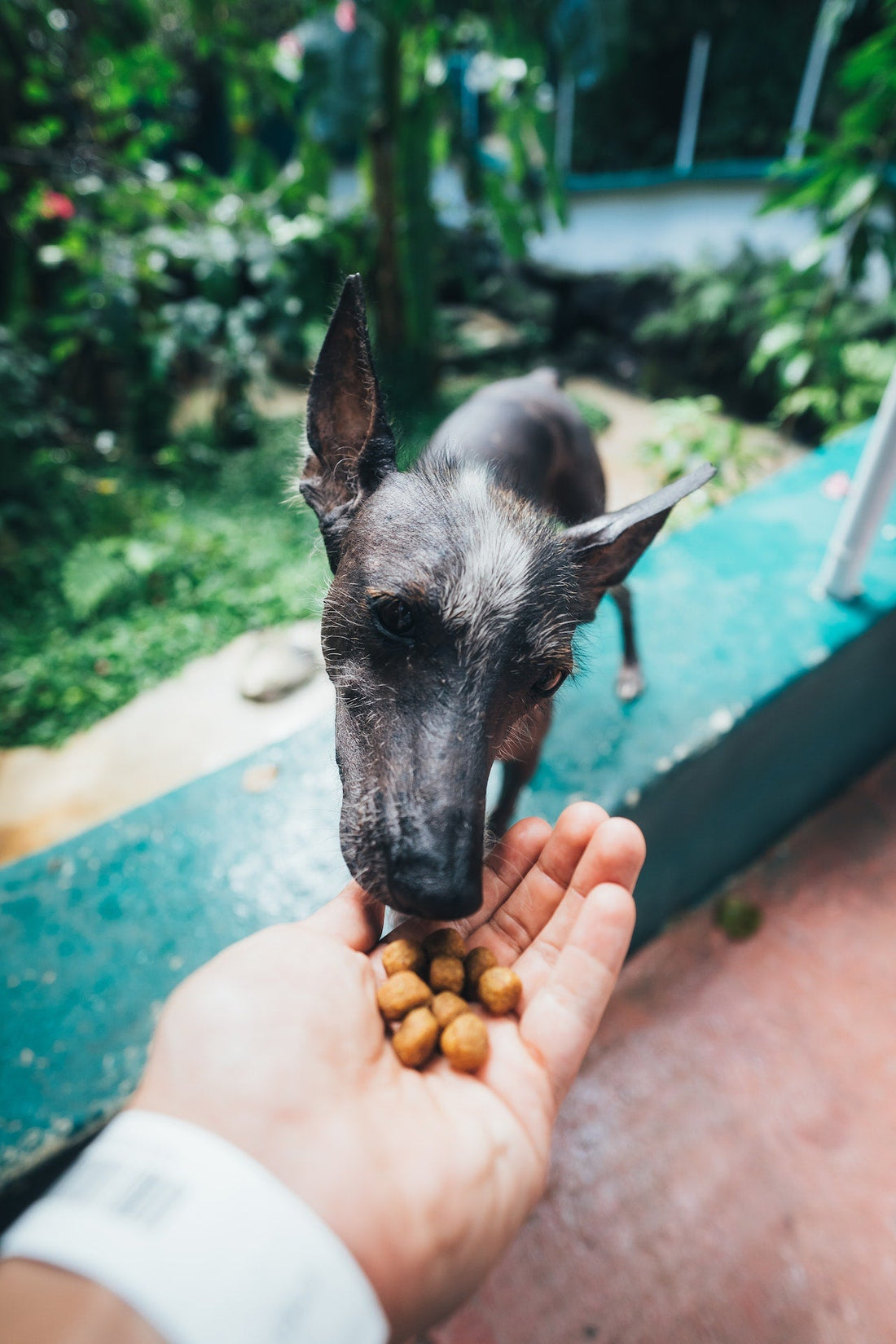Looking at those sad little eyes, it can be hard to resist giving your boss an extra snack. But have you ever stopped to think about how much is too much? Although there's no single answer to this question, we'll try to give you the keys to getting it right.
How many snacks or treats should you give your dog per day?
This is a question with multiple answers, as it depends on several factors, such as:
- Dog's Age : Young dogs may have a faster metabolism, but they're also more susceptible to overindulgence. Older dogs, on the other hand, tend to have a slower metabolism.
- Weight and physical condition : A larger dog will require more calories than a smaller one. However, if your dog is overweight, you may need to reduce the amount of treats or look for low-calorie options.
- Daily Activity : A very active dog can consume more calories without gaining weight, while a sedentary canine will need fewer.
- Snack composition : Not all snacks are created equal. Some may be high in calories, while others may be lighter.
- Breed: Two dogs of the same age and weight can have different metabolisms. For example, greyhounds have a very fast metabolism and require more calories per day than other breeds.
1. Individualization: Each dog is unique
The amount of snacks a dog should eat varies depending on many individual factors, such as those mentioned in the previous section. A growing puppy is not the same as a less active senior dog. That's why it's vital to observe and know our boss well.
2. Composition and calories of the snack: Not all are the same
Not all snacks have the same calorie content. Some may be more energy-dense due to their ingredients, while others will be lighter. It's essential to review the nutritional composition and adjust the amount offered to avoid unbalancing your daily diet.
3. Adjust the main diet
If we reward our dog with treats or offer them chews regularly, it's necessary to adjust their daily diet. This means that if we usually include snacks and treats in their diet, we may need to slightly reduce the portion of their main meal, always consulting a professional and monitoring their weight.
4. The quality of the snacks: Why choose natural ones?
Natural, high-quality snacks , like those from Guauful, offer significant advantages. They're made with natural ingredients, without artificial additives or preservatives, ensuring better digestion and utilization of nutrients. Furthermore, because they contain high-quality ingredients, they satisfy more with less, thus reducing the risk of overfeeding. A natural snack is not only a treat, but also an investment in your dog's health and well-being.
5. Consult a professional
It's always advisable to consult a veterinarian or canine nutritionist if you have any questions about the right amount and type of treats for your dog. They can better guide you on your boss's specific needs.
Answering common questions:
- How many snacks or treats can I give my puppy? Puppies have different nutritional needs than adult dogs. Although they are in a growth phase and need a lot of energy, it's essential that snacks don't interfere with their main diet.
- How many treats should you give your dog per day? As mentioned above, the amount varies depending on the dog and the type of treat. Ideally, treats should not exceed 10% of their daily calorie intake and should not contain sugars or grains.
- Dog Treats: How many and when should you give them? Each dog has individual chewing needs that may vary depending on their circumstances (some dogs, for example, won't take food from outside due to high stress levels). Consider when your dog prefers to eat their treats quietly to avoid accidents or frustration.
Feed with love, but above all, responsibly. Snacks are an excellent tool for reducing stress and improving oral hygiene (and they're delicious!), but always in the right amount and with the quality your dog deserves.

